Herzeloides Heir
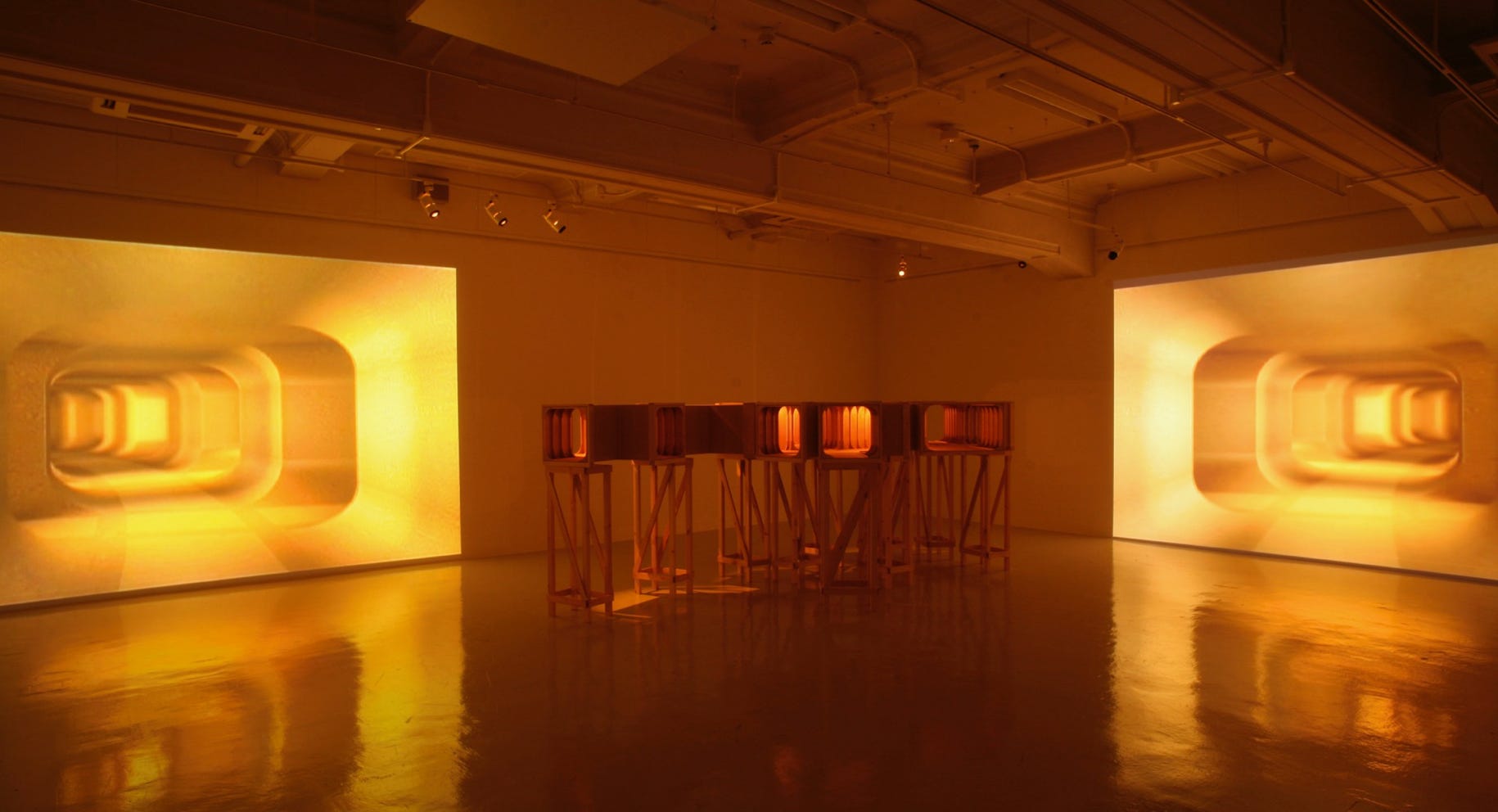

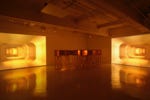
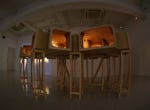

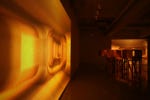
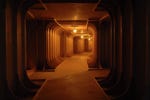
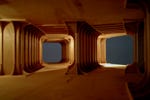
2006
Wood, Video-projectors
3.8m x 3.2m x 1.85m
Kyoto Art Center, Kyoto / Japan
There are two distinct conceptions of time in Wolfram von Eschenbach’s 12th century epic drama Parzifal, which correspond to two kinds of logic. The first moves in a strait line. We follow and understand the events in the way the characters do, moment to moment, unsure of the outcome. The second level is the logic of rituals, a series of predetermined events based on recognizable archetypes. Parzifal, the son of Herzeloyde, who let him grow up ignorant of the world, becomes a tragic seeker who is always "between" places. The installation, consisting of a miniature chamber and two video-projections, are an architectonic equivalent to this state of constant search as it consist only of hallways, leading into new hallways. Passages from the third act of Richard Wagner's opera "Parsifal" fill the room, however edited in a way, that it consists only of the transitional passages from which all motifs have been removed.
ヴォルフラム・フォン・エッシェンバッハの12世紀の叙事詩劇「パージファル」には、2種類の論理に対応する2つの異なる時間の概念が存在する。1つ目は、直線的に進むもの。私たちは登場人物たちと同じように、一瞬一瞬の出来事を、結果も何もわからないままただ追いかけて理解する。2つ目は儀式の論理であり、認識が可能な原型に基づく、一連の先に決められた出来事である。世の中を知らずに育ったヘルツェロイデの息子パージファルは、常にこの「間」にいる悲劇の求道者となる。ミニチュアの部屋と2つのビデオプロジェクションからなるインスタレーションは、廊下だけで構成され、さらに新しい廊下へと続く、この絶え間ない探索の状態を建築的に表現している。リヒャルト・ワーグナーのオペラ「パージファル」第3幕のパッセージが部屋を埋め尽くしているが、すべてのモチーフが取り除かれた過渡期のパッセージだけで構成されるように、ある意味で編集されている。
© A.F Claar 2024
All rights reserved